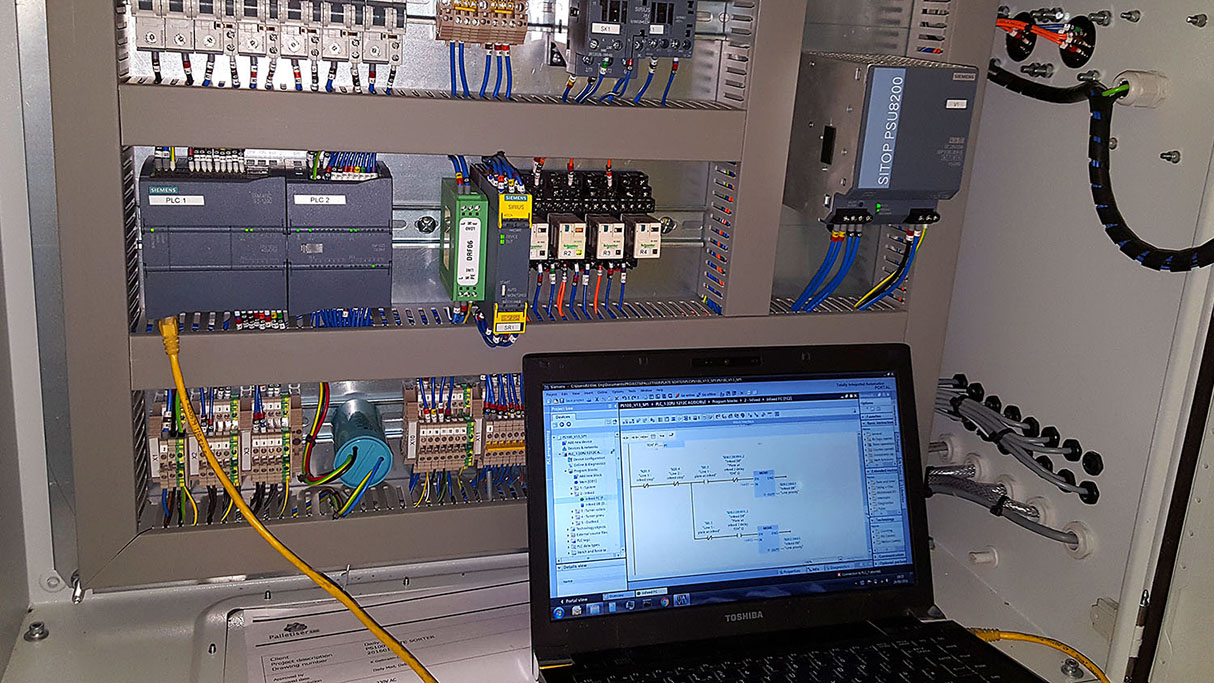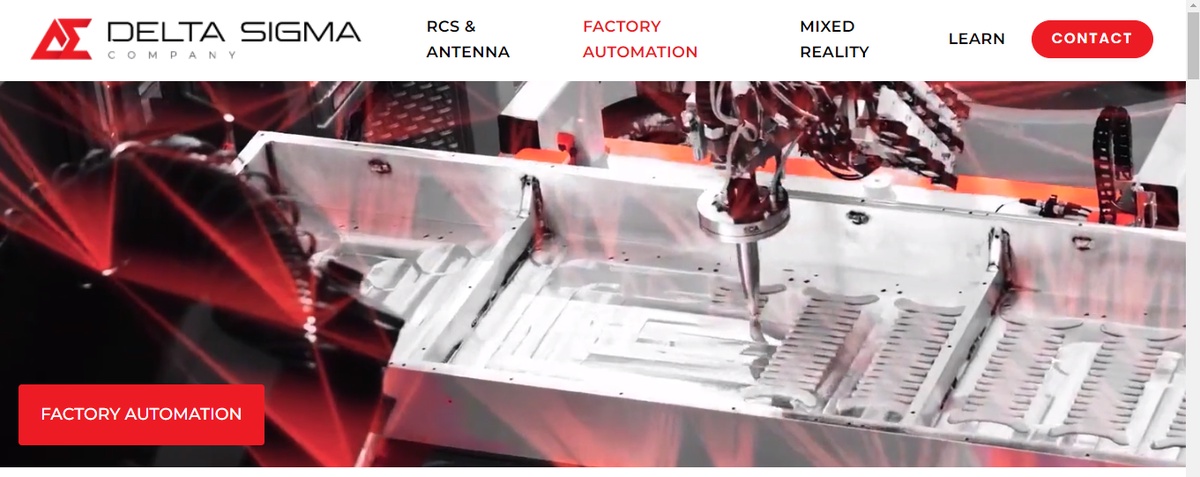
In today's rapidly evolving industrial landscape, automation plays a pivotal role in enhancing efficiency, productivity, and safety. At the heart of many automated systems lies Programmable Logic Controller (PLC) programming, a specialized skill set that empowers industries to streamline processes and optimize operations. In this comprehensive guide, we'll delve into the intricacies of PLC programming, from the basics to advanced techniques, and explore its significance in industrial automation.
Introduction to Industrial Automation
Importance of Automation in Industries
Automation has revolutionized industries by enabling tasks that were once manual and labor-intensive to be performed swiftly and accurately by machines. This not only increases productivity but also enhances safety by minimizing human intervention in hazardous environments.
Role of PLC Programming
PLC programming serves as the backbone of industrial automation, providing a means to control machinery and processes with precision and reliability. From manufacturing plants to power generation facilities, PLCs are ubiquitous in various sectors, driving efficiency and cost-effectiveness.
Understanding PLC Programming Basics
What is PLC programming?
PLC programming involves writing logic instructions that govern the behavior of a PLC, dictating how inputs are processed to produce desired outputs. These instructions are typically written using ladder logic, a graphical programming language that mimics the electrical circuit diagrams of relay logic systems.
Basic Components and Functions
A typical PLC system consists of a central processing unit (CPU), input/output (I/O) modules, communication ports, and programming software. The CPU executes the programmed logic, while I/O modules interface with sensors and actuators in the external environment.
Essential Skills for PLC Programming
Knowledge of Ladder Logic
Ladder logic is the foundation of PLC programming, and mastering its principles is essential for writing efficient and effective control algorithms. Understanding concepts such as logic gates, timers, and counters is crucial for developing complex logic sequences.
Understanding Input/Output Modules
A thorough understanding of input/output modules is necessary for configuring the hardware interface of a PLC. This involves assigning addresses to input and output devices, configuring signal types, and troubleshooting connectivity issues.
Troubleshooting Techniques
Being able to troubleshoot PLC programs is a valuable skill for any PLC programmer. This includes diagnosing hardware failures, identifying logic errors, and debugging programs using simulation tools or online monitoring features.
Step-by-Step Guide to PLC Programming
Project Setup
The first step in PLC programming is creating a new project in the programming software provided by the manufacturer. This involves specifying hardware configurations, selecting the appropriate programming language, and defining communication parameters.
Hardware Configuration
Once the project is set up, hardware modules are configured to match the physical layout of the system. This includes assigning addresses to input and output devices, configuring signal types, and setting communication parameters such as baud rates and network addresses.
Logic Development
Logic development involves writing ladder logic instructions to define the behavior of the system. This includes creating rungs of logic that specify how inputs are processed to produce desired outputs, using logic gates, timers, counters, and other programming constructs.
Testing and Debugging
After writing the logic, the program is tested in a simulated environment or downloaded to the actual PLC for testing. This involves verifying the functionality of the program, identifying and fixing any errors or bugs, and ensuring that the system operates as intended.
Advanced Techniques in PLC Programming
Time-Based Operations
Timers and counters are essential for implementing time-based operations in PLC programs. Timers can be used to control the duration of events, while counters can track the number of occurrences of a particular event.
Analog Signals Processing
In addition to digital signals, PLCs can also process analog signals such as temperature, pressure, and flow rate. Analog signals are converted into digital values using analog-to-digital converters (ADCs), allowing for precise control and monitoring of industrial processes.
PID Control Implementation
PID (Proportional-Integral-Derivative) control is a feedback mechanism used to maintain a desired process variable by continuously adjusting control outputs based on error signals. PLCs can implement PID control algorithms to regulate variables such as temperature, pressure, and speed.
Integration with HMIs and SCADA Systems
Benefits of Integration
Integrating PLCs with Human-Machine Interfaces (HMIs) and Supervisory Control and Data Acquisition (SCADA) systems provides operators with intuitive graphical interfaces for monitoring and controlling industrial processes in real-time. This enhances situational awareness, facilitates troubleshooting, and improves decision-making.
Practical Applications
The integration of PLCs with HMIs and SCADA systems has numerous practical applications across various industries, including manufacturing, energy, utilities, and transportation. From controlling production lines to monitoring critical infrastructure, these systems play a vital role in optimizing operational efficiency and ensuring regulatory compliance.
Challenges in PLC Programming
Downtime Reduction Strategies
Minimizing downtime is a key objective in industrial automation, as unplanned outages can result in significant losses in productivity and revenue. Implementing preventive maintenance schedules, predictive analytics, and redundant systems can help mitigate the risk of downtime caused by equipment failures or software errors.
Maintenance Considerations
PLC systems require periodic maintenance to ensure optimal performance and reliability. This includes cleaning and calibrating sensors, updating firmware and software patches, and conducting regular backups of program code and configuration files.
Cybersecurity Measures
With the increasing connectivity of industrial systems, cybersecurity has become a critical concern for PLC programmers and system integrators. Implementing robust security measures such as firewalls, access controls, encryption, and intrusion detection systems is essential to protect PLCs from cyber threats such as malware, ransomware, and unauthorized access.
Future Trends in Industrial Automation
IIoT Integration
The integration of PLCs with the Industrial Internet of Things (IIoT) enables seamless connectivity and data exchange between devices, sensors, and cloud-based platforms. This facilitates real-time monitoring, predictive maintenance, and remote diagnostics, driving efficiency and innovation in industrial automation.
Artificial Intelligence in PLC Programming
Advances in artificial intelligence (AI) are poised to revolutionize PLC programming by enabling machines to learn from data, adapt to changing conditions, and optimize control strategies autonomously. AI algorithms can analyze vast amounts of sensor data, identify patterns, and make intelligent decisions to improve process efficiency and performance.
Industry 4.0 Implications
Industry 4.0 represents a paradigm shift in manufacturing and industrial automation, characterized by the convergence of digital technologies, automation, and data analytics. PLCs play a central role in Industry 4.0 initiatives, serving as the backbone of interconnected cyber-physical systems that enable smart factories, predictive maintenance, and agile production processes.
Conclusion
In conclusion, PLC programming is a fundamental skill for navigating the complexities of industrial automation. By mastering the basics, embracing advanced techniques, and staying abreast of emerging trends, PLC programmers can unlock new opportunities for efficiency, innovation, and growth in the ever-evolving landscape of industrial automation.
FAQs
1. What is PLC programming, and why is it important in industrial automation? PLC programming involves writing logic instructions to control machinery and processes in industrial settings. It is important because it enables automation, enhances efficiency, and improves safety in various industries.
2. What are some essential skills for PLC programming? Essential skills for PLC programming include knowledge of ladder logic, understanding of input/output modules, and proficiency in troubleshooting techniques.
3. How can PLCs be integrated with HMIs and SCADA systems? PLCs can be integrated with HMIs and SCADA systems to provide operators with graphical interfaces for monitoring and controlling industrial processes in real-time.
4. What are some common challenges in PLC programming? Common challenges in PLC programming include minimizing downtime, addressing maintenance issues, and ensuring cybersecurity.
5. What are some future trends in industrial automation? Future trends in industrial automation include IIoT integration, artificial intelligence in PLC programming, and the implications of Industry 4.0.
https://deltasigmacompany.com/


No comments yet